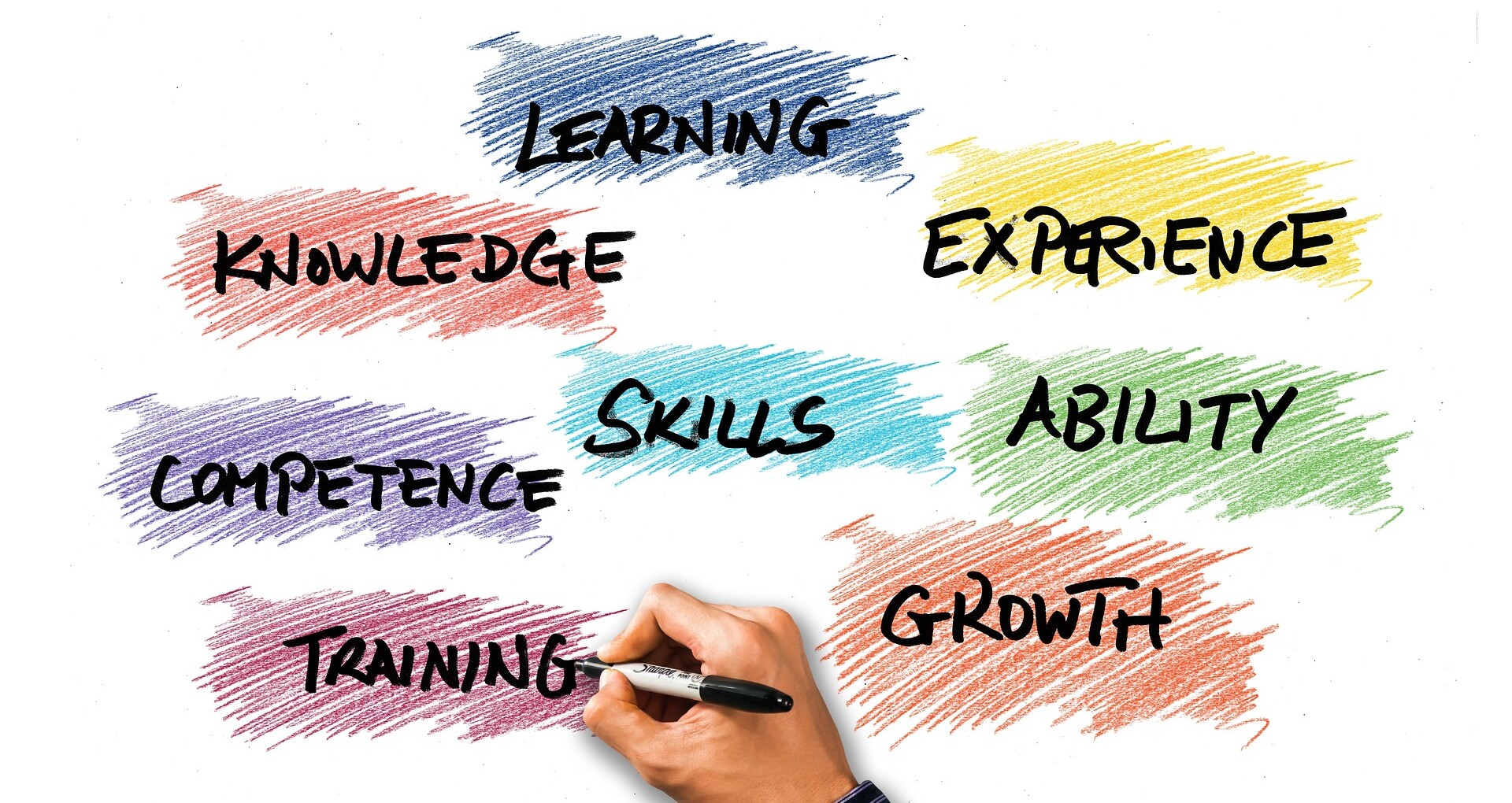Aim 4 – Effective skills improvement and institutional learning

Bild von Gerd Altmann auf Pixabay
If internationalisation measures are to be designed to be as effective as possible for members of higher education institutions, the objectives to be achieved must be clearly defined.
Ideally, this will be done when each institution devises its internal internationalisation and mobility strategy (see the first goal). In terms of higher education students, the focus is on the international and intercultural skills that are to be integrated transparently into curricula and acquired or reinforced through mobility. Internationalisation measures that concern teachers or general staff are to be reflected in staff development processes.
The efficiency of individual mobility experiences must also be ensured, with particular focus on the accompanying measures before, during and after the experience. Although much has already improved in terms of how students’ achievements abroad are recognised and counted towards their overall performance, work still needs to be done. The handling of mobility processes needs to be simplified and less bureaucratic. Here too, greater use needs to be made of the opportunities presented by digitalisation.
To leverage maximum added value from a mobility experience, its benefit cannot be allowed to be restricted to the purely individual level. In particular, the experience gained by teachers and staff at the higher education institution must flow back into the institution itself to a greater extent so that it can benefit as a whole. Applications for this institutional form of learning include feeding teachers’ new insights into innovative teaching methods back into teaching work and introducing new ideas learnt during job shadowing in order to improve organisational processes. This requires the higher education institution to find a way of collating, evaluating and integrating individual experiences. If it succeeds, it will have made a major contribution towards building up its capacity.
The institution’s quality management plays a key role in all the measures listed above. It focuses on optimising processes and the internal structure in order to meet the quality-oriented objectives set. Regularly evaluating progress made towards meeting targets and adjusting processes if necessary will bring about lasting improvements in the quality of a higher education institution’s performance.
To increase the value added by internationalisation and mobility measures, the exchange of experiences between Austrian higher education institutions on successful measures and challenges and potential risks in international cooperation can and must be strengthened. On behalf of the BMBWF, the OeAD will be creating an online exchange platform for examples of best practice in internationalisation and mobility measures in order to support nationwide dialogue between the institutions. This will be available from mid-2021 onwards (www.hmis2030.at).